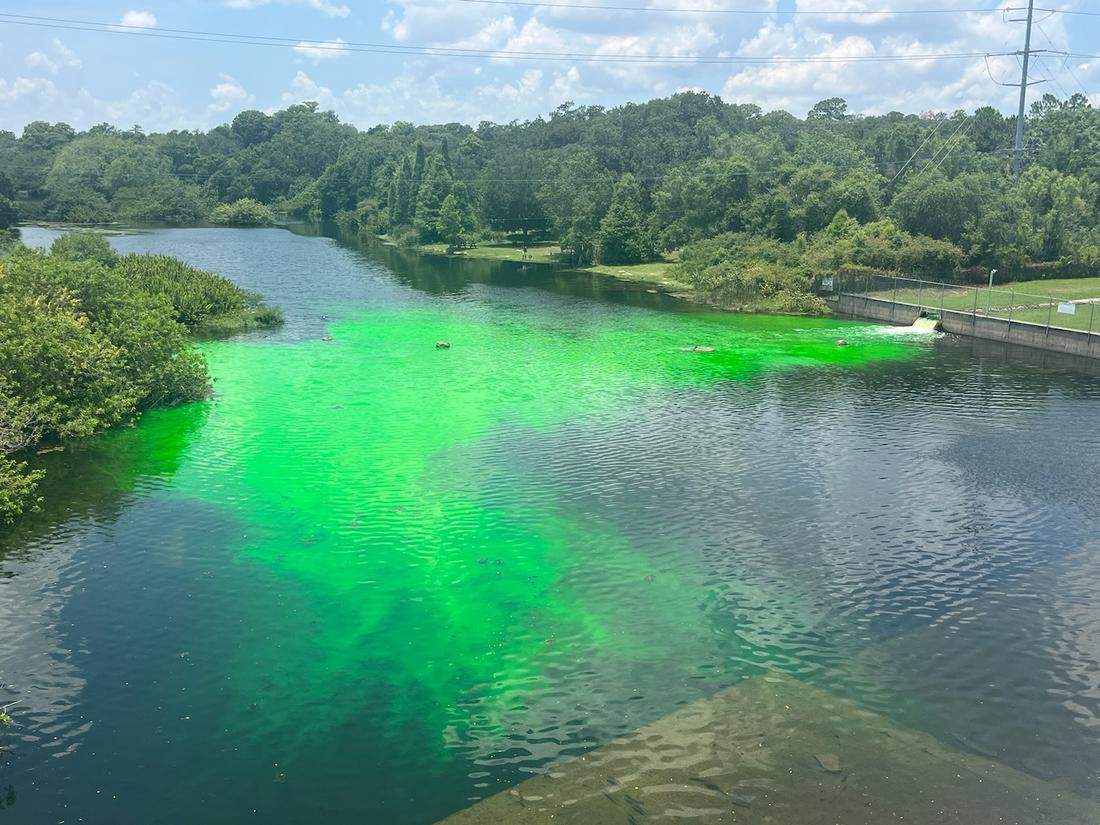The Sulphur Springs Flow Augmentation Feasibility Study is a cooperative funding project between the City of Tampa and the Southwest Florida Water Management District (SWFWMD). The City and SWFWMD are directing a working group of engineers and hydrogeologists to conduct investigations aimed at improving the water quality at Sulphur Springs.
Background¶
Historic investigations completed from the 1970s through the 1990s focused on the general reduction in water quality noted at the spring. These studies focused on evaluating whether uncontrolled urban run-off and development influenced water quality, including increases in coliform bacteria in the Hillsborough River. The current scope of work is aimed at investigating mechanisms to reduce salinity and improve freshwater/groundwater flow to Sulphur Springs.
Phase 1 (Completed)¶
This initial phase of the Sulphur Springs study investigated the current water quality conditions and identified several methods for improving the water quality The study included the expansion of a previously developed SEAWAT model to evaluate potential improvements; specifically, salinity, or total dissolved solids (TDS), to Sulphur Springs. The final report for the Sulphur Springs Flow Augmentation Feasibility Study Project is located here .
Please note that the alternative for improving the salinity at Sulphur Springs using reclaimed water described in the Phase 1 portion of the report is not being investigated further at this time.
Phase 2 (Ongoing)¶
Current Phase 2 investigations are intended to provide direct observations through an expanded field investigation to confirm results from prior dye tracer investigations, and to evaluate the current conditions at features of interest. These efforts will provide critical information to estimate hydraulic connectivity of these features. It will also determine if additional efforts are needed to improve system connection by removing soils and other materials from these features.
Non-Toxic Dye Tracer Testing¶
Phase 2 of testing is intended to expand on prior investigations that focused on determining the general hydraulic connectivity between multiple sinkhole features within the City of Tampa; specifically, within the groundwater basin that is discharging at Sulphur Springs. To this end, dye tracer tests are being conducted to map the underground water system at Sulphur Springs. People may notice a temporary green color in the Hillsborough River after each scheduled test.
The dye tracers that will be utilized for the field investigation are commonly utilized by hydrologists, scientists, and cave and sinkhole experts to assess and evaluate the general connection between surface water and groundwater features within karst environments. These dyes are non-toxic and non-carcinogenic, and are identical to a family of dyes that commonly utilized as part of St. Patrick's day celebrations throughout the country.
The current study is to investigate the hydraulic connection between; (i) Curiosity, (ii) Honda Land, (iii) Jasmine, and (iv) Orchid Sink to Sulphur Springs, and ultimately the Hillsborough River.
*Additional information regarding this study coming soon.

